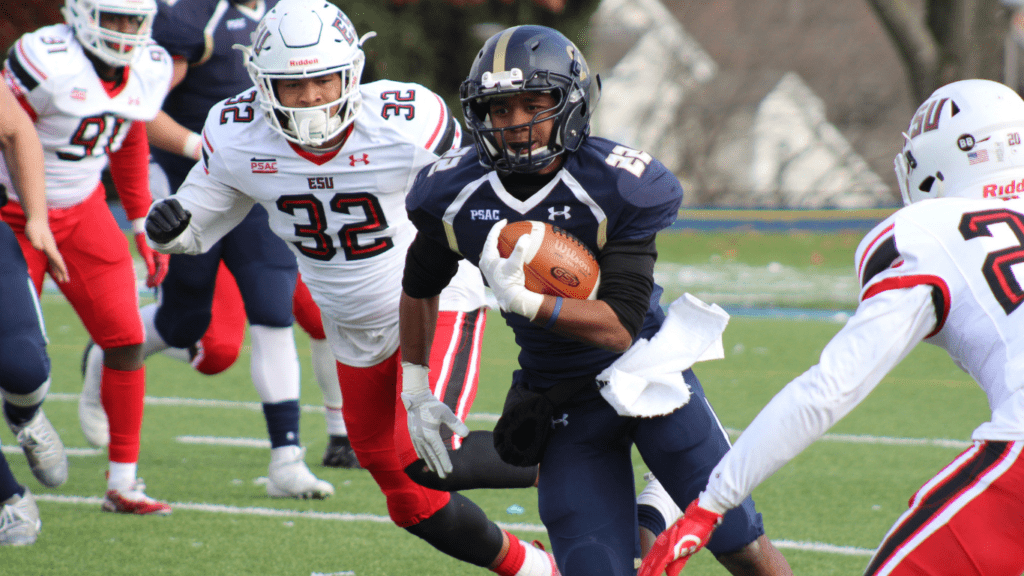Understanding Underdog Betting
Underdog betting involves placing bets on teams or players that are not expected to win. This strategy appeals to many bettors, including seasoned professionals, looking for value in the odds.
What Is an Underdog Bet?
An underdog bet occurs when betting on the side perceived as less likely to win. Sportsbooks often label these bets with higher odds, reflecting lower public expectation. For instance, if Team A faces Team B and Team A has higher odds, Team A is the underdog. These bets pay out more if successful, matching the higher perceived risk with greater rewards.
Why Bet on the Underdog?
- Betting on the underdog can offer greater value because these bets often have inflated odds due to public perception.
- Discrepancies between perceived and actual strengths create opportunities for savvy bettors.
- Assessing factors such as recent performance and injuries can uncover unnoticed advantages.
- If a favored team is overrated, there’s value in backing the underdog.
- This method taps into potential oversights in oddsmakers’ assessments, leveraging statistical data and situational context.
Key Strategies for Underdog Betting

Leveraging strategic insights can transform underdog bets into profitable ventures. Using analytical approaches allows me to identify potential value in odds.
Analyzing Team Matchups
Assessing team matchups involves scrutinizing the strengths and weaknesses of each side. I examine factors like:
- player statistics
- coaching strategies
- past head-to-head performances
Identifying mismatches, such as a strong offense against a weak defense, helps me spot opportunities where the underdog might outperform expectations.
Considering Situational Factors
Situational factors add another layer to underdog betting success. I consider elements like travel distance, home versus away games, and schedule congestion. For instance, if a favorite team is playing their third game in four nights, fatigue might hinder performance, increasing the underdog’s chances of an upset.
Monitoring Line Movements
Tracking line movements offers insight into how odds change over time. Sharp bettors often influence lines, shifting them based on information that the general public may overlook. By analyzing shifts, I gauge where the smart money is going, potentially uncovering overlooked value in underdog positions.
Evaluating Odds for Value
Understanding how to evaluate odds is vital in identifying potential value in underdog betting. By analyzing odds meticulously, one can uncover discrepancies that signal misvalued opportunities.
Identifying Mispriced Odds
Mispriced odds often arise from public bias or incomplete information. I start by comparing odds across multiple sportsbooks, looking for inconsistencies. If a majority of sportsbooks list an underdog at +200 but one offers +250, this could indicate a misprice. Additionally, assessing factors like recent team news or match conditions helps pinpoint odds that don’t fully capture a team’s chances.
Using Statistical Models
Statistical models provide a data-driven method to assess odds. I rely on models using historical data, player statistics, and game conditions to predict outcomes. Tools like Elo ratings or regression analysis help quantify a team’s potential more accurately than public opinion. By aligning these models against the odds, I can identify when an underdog’s true chances are undervalued.
Risks and Rewards of Underdog Betting
Underdog betting offers exciting potential for high returns, yet it involves inherent challenges. Understanding these dynamics aids in making informed decisions.
Potential Profits
Underdog betting can yield significant profits due to favorable odds. By wagering on underestimated teams, there’s a chance to achieve outsized payouts when they perform better than expected. For example, if a football team with +300 odds wins, a $100 bet returns $400. This potential upside stems from the public’s perception, which often overestimates the favorite’s chances, providing value opportunities for astute bettors.
Managing Betting Risks
Though rewarding, underdog betting carries high risks. Unexpected outcomes are less likely; thus, losing streaks can occur. To manage these risks, I employ disciplined bankroll management by allocating only a small percentage of my funds to each wager. Diversifying bets across multiple games and sports reduces exposure to a single result’s volatility. Analytical approaches, like evaluating historical performance and contextual factors, help mitigate risks, increasing the likelihood of making well-informed bets.
Expert Tips for Successful Underdog Betting
Effective strategies enhance underdog betting success. I’ll share practical tips focusing on diversifying bets and managing bankroll.
Diversifying Bets
Diversifying bets reduces risk and optimizes potential gains. When betting on underdogs, I spread wagers across different games and sports. This approach mitigates the impact of a single loss. For example, if I spot value in basketball and soccer odds, I’ll allocate smaller portions of my total stake to each event. This diversification ensures that even if one bet fails, others might still pay off, maintaining overall profitability. Cross-referencing insights and managing exposure levels help balance risk and opportunity.
Managing Your Bankroll
A disciplined approach in bankroll management safeguards long-term betting success. I allocate a specific percentage of my bankroll to each wager, usually between 1% to 5%, depending on the confidence level. This method prevents emotional decision-making driven by potential high returns. Tracking all bets, analyzing outcomes, and adjusting strategies help refine future wagering behavior. Using a consistent staking plan maintains financial stability, allowing me to navigate streaks of losses without devastating setbacks, ensuring sustainable betting practices.



